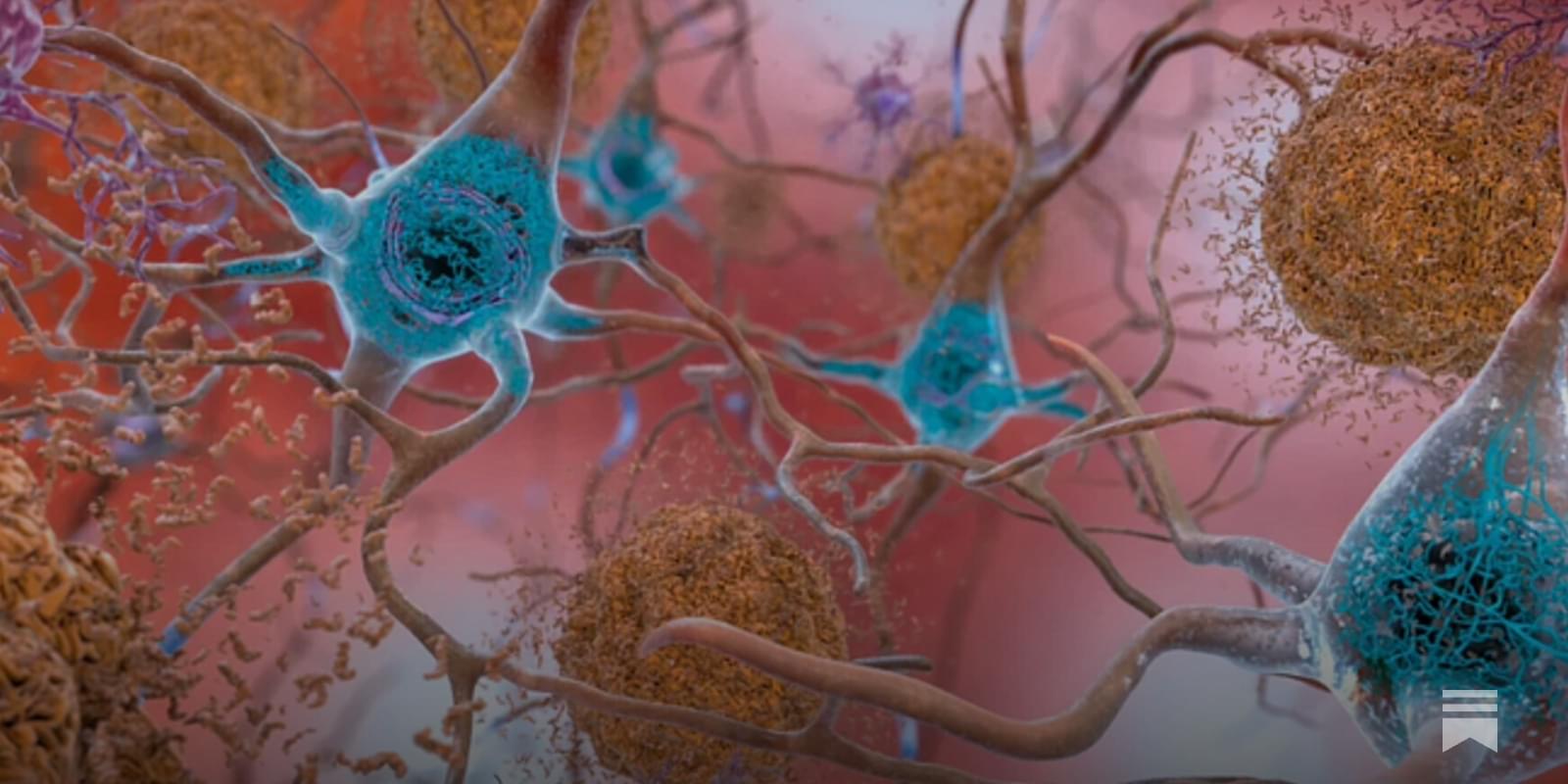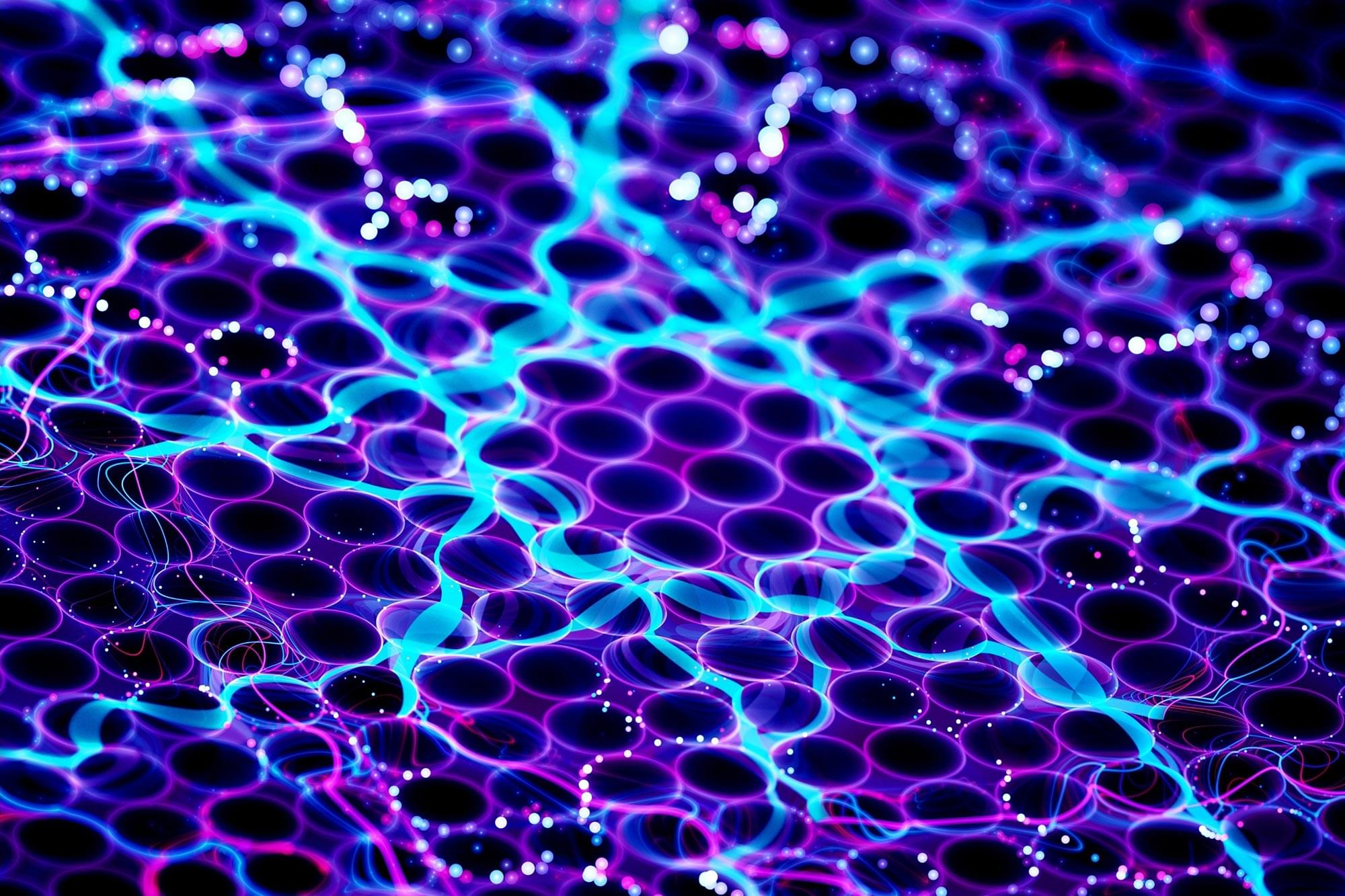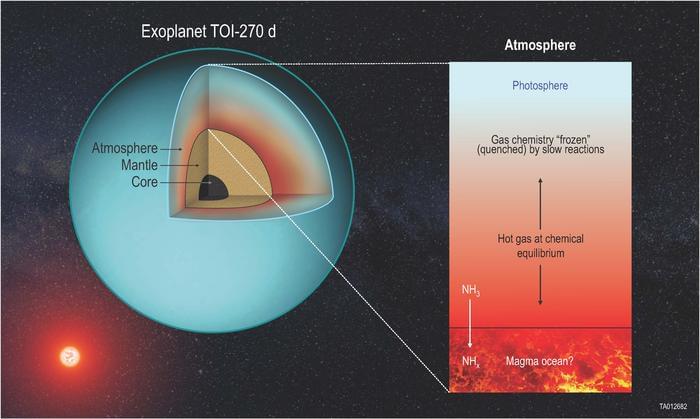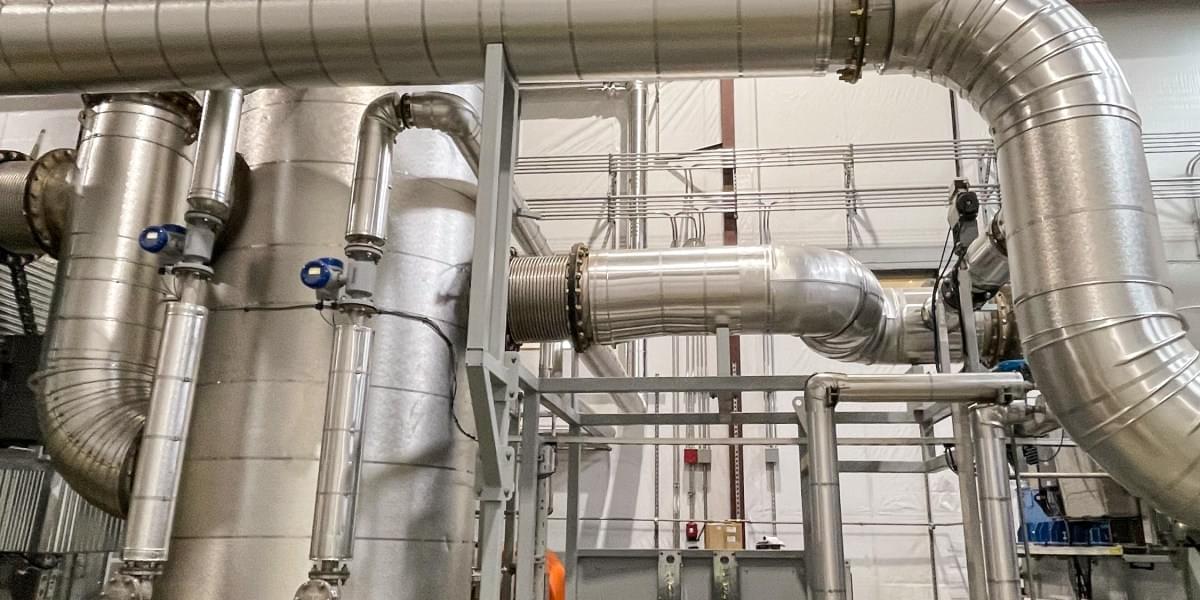DNA sequences from the insulin-linked polymorphic region can form non-canonical structures. Here, the authors present a structural investigation into the relationship between native sequence variants and the different structures they form.



The p-Tau217 biomarker is one of the most exciting advances in neurology for decades, giving us a new opportunity to accurately predict and potentially prevent (or at least substantially delay) MCI and Alzheimer’s. That it rises so early in the course of the disease—which incubates over 20 years—gives us a long runway of opportunity to intervene, be it with lifestyle factors or drugs. I now refer to the former as lifestyle plus because it is no longer just about the details of diet, exercise and sleep. There are several other dimensions of modifiable factors.
An APOE4 allele or a polygenic risk score for Alzheimer’s tests are binary. They only tell us if a person has increased risk (yes or no) but not when. It makes a huge difference if that at age 98 or 68. With serial assessment of p-Tau217 (several months or years apart) as part of a comprehensive assessment using multimodal A.I., it is very likely that the temporal plot (see Figures under Question 2 above) can be defined at the individual level. I lay out the blueprint for this and lifestyle plus fully in Super Agers. Individuals with elevated p-Tau217 at high-risk many years before the onset of any symptoms creates a new path for surveillance and prevention. Multiple new drugs are in the pipeline to be part of a prevention program.
Even though it intuitively appears to be the case, more work needs to be done to determine whether lowering one’s p-Tau217 will alter the brain plaque progression and be seen as a disease-modifier. Clearly there is now a hunt for even better blood tests that may one day supersede p-Tau217 or be in a panel with it.


Former urology instructor Seung-min Park won an Ig Nobel prize for his work on the Precision Health toilet, or “smart toilet.” Goals for the toilet include early disease detection and monitoring by analyzing excreta.


Year 2023 face_with_colon_three
Konishi, S., Ishibashi, S., Shimizu, S. et al. Sci Rep 13, 11,519 (2023). https://doi.org/10.1038/s41598-023-38522-x.

The precise nature of the engram, the physical substrate of memory, remains uncertain. Here, it is reported that RNA extracted from the central nervous system of Aplysia given long-term sensitization (LTS) training induced sensitization when injected into untrained animals; furthermore, the RNA-induced sensitization, like training-induced sensitization, required DNA methylation. In cellular experiments, treatment with RNA extracted from trained animals was found to increase excitability in sensory neurons, but not in motor neurons, dissociated from naïve animals. Thus, the behavioral, and a subset of the cellular, modifications characteristic of a form of nonassociative long-term memory (LTM) in Aplysia can be transferred by RNA. These results indicate that RNA is sufficient to generate an engram for LTS in Aplysia and are consistent with the hypothesis that RNA-induced epigenetic changes underlie memory storage in Aplysia.
Now this is the sort of application of AI that really intrigues me. Researchers have developed DolphinGemma, the first large language model (LLM) for understanding dolphin language. It could help us translate what these incredible creatures are saying, potentially much faster than we ever could with manual approaches used over several decades.
“The goal would be to one day speak Dolphin,” says Dr. Denise Herzing. Her research organization, The Wild Dolphin Project (WDP), exclusively studies a specific pod of free-ranging Atlantic spotted dolphins who reside off the coast of the Bahamas.
She’s been collecting and organizing dolphin sounds for the last 40 years, and has been working with Dr. Thad Starner, a research scientist from Google DeepMind, an AI subsidiary of the tech giant.